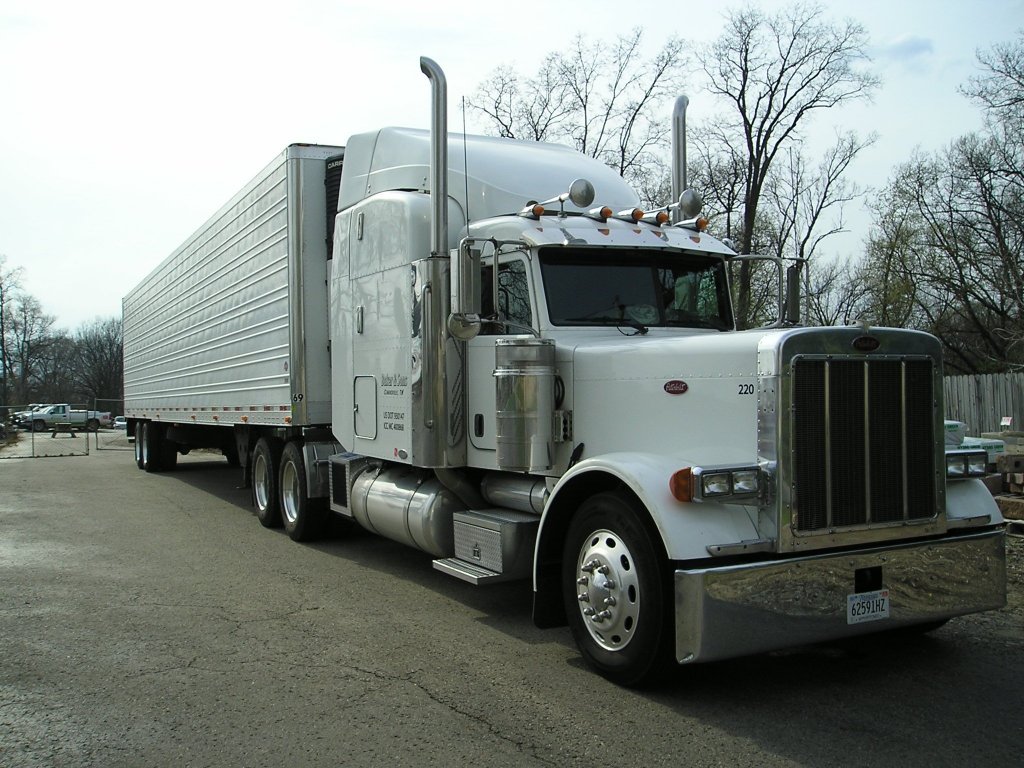
I received an email from a reader who asked some great questions for meeting potential new customers. He wrote…
“I have had my authority now for about 6 months and have been solely using brokers. As you have already stated, the profit margins are very low and I feel the need to acquire my own direct customers in order to be more profitable and build up my company. I am currently re-working my business model and after that I will make out my business plan as per your articles. The way you have described the processes greatly reduce my apprehensions. Couple questions I do have are: What are some tips or the best ways to go about doing research on a prospective company, especially concerning what they are used to paying to ship out? Also, who determines shipping origination? For example, does a shipper control which carriers to use or would a receiver determine which carriers it prefers its shippers to use? I would need to know that to determine who to contact.”
First is determining the rates. As I mentioned in my Carrier Rate Agreement or Carrier Contract post, it is important to secure long term customers. I never concern myself with how much my customers are paying another carrier. All I focus on is ensuring I am successfully providing my customers with a rate that is profitable for both of us to succeed. This has enabled me to secure long term and successful business relationships. However, in order to negotiate I had to at least have an idea what the rates were in the lanes I planned to be working within. What has worked best for me is using a combination of 2 different resources.
The first is brokers. As a rule, when I’m trying to learn rates for a new lane, I call 5 brokers and inquire about available loads they have posted. It is also important to note that different days of the week will sometimes have different rates. This is most common in the fresh food industries such as meat, dairy and produce. The best rates for produce tend to be on Monday and Tuesday with delivery before the upcoming weekend. Likewise, the best rates for meat and dairy are normally found on Thursdays and Fridays for Monday delivery. So plan to do your rate research more than once and change up what days you check it on. Locating free load boards is easy but I will share the ones I rely on the most when researching rates.
Pick A Truck Load – Dry van, Flat bed, Reefer and misc.
LandStar – Dry van, Flat bed, Oversize, LTL, and misc.
Car Hauler Dispatch – Cars, Trucks, Boats and Camper/Cargo trailers.
Once you have the rate quotes from the brokers, simply add 20% to their rates they are quoting you and that is the rate they are quoting to their customer. Then take the average of all the quotes you were able to acquire and you now have a solid rate for that lane. IMPORTANT – You’re not done yet! In order to be profitable in the trucking industry you need to know what the rate will be going back to your customer. Except for specialty loads that only transport product in one direction, we all need loads that get us as close to our customer as possible when we return. So do your rate research with brokers for returning loads as well. In most cases you will rely on those brokers for loads. So take their rates at face value (what they quote is what you will get). When doing the return research, be mindful of how many loads are available. For example, there are very few dry van loads out of south Florida. So you need to plan accordingly if you are taking dry van loads to south Florida.
The other way I learn the rates is directly from the potential customer. I will always do my research using the brokers before meeting potential new customers. Then when meeting potential customers I compare the 2 rates. Sometimes the potential customer will surprise you and the rate they quote you will be higher than what your research revealed. The reason is because they know direct carriers are far more reliable than a broker and are willing to pay additional for it. It doesn’t happen often, but it has happened to me on 2 different occasions.
Most certainly customers do have preferred carriers they use. I have made it a personal requirement of mine to be that preferred carrier for all my customers. The rewards for doing so include more loads, faster pay, better rates (over time), the best lanes and above all success for both my customers and myself. Read my post Trucking Customers – Vital for Truck Owners to see my best tips to becoming your customers preferred carrier.
Sometimes when meeting potential new customers they will tell you that their customer coordinates the shipping. This is common with volume buyers such as Walmart, Costco, Tyson, Goodyear, GE and more than I could ever list. In these cases, the potential customer will most likely not provide you with the receivers contact information. Don’t be offended. They are typically bound by the contract not to give out the information. Simply give your contact information and politely let them know that if they ever do need a carrier you’d be happy to provide them a quote. There are instances the potential customer will provide you with the receivers contact information. When that happens make sure to contact the receiver because chances are high that since you were given the information the shipper isn’t getting enough trucks to ship the product on.
Before meeting potential new customers, read my post Make a Business Plan. It details many lessons I learned when I was meeting potential new customers.
Thank you for the email. I hope to hear from you again soon. Above all, Good luck!
